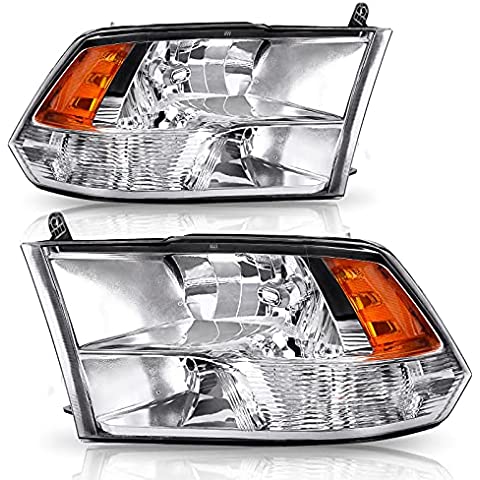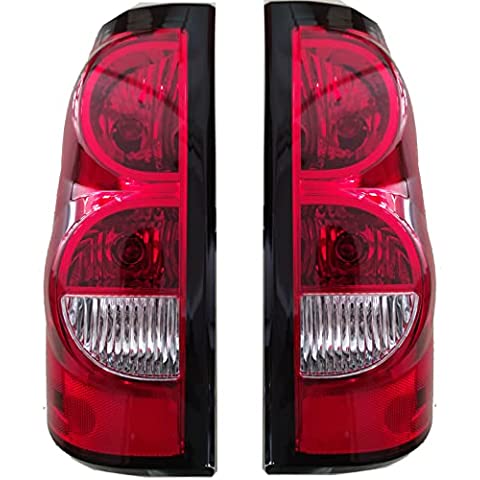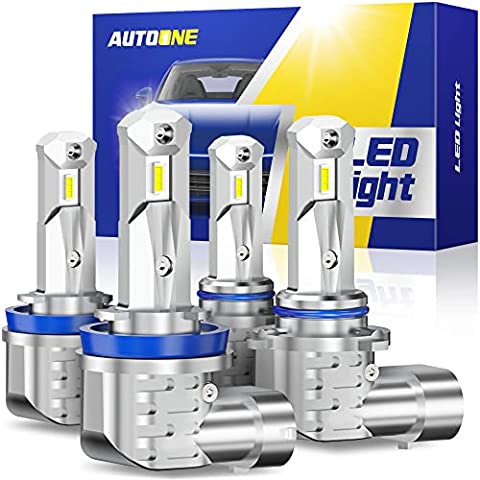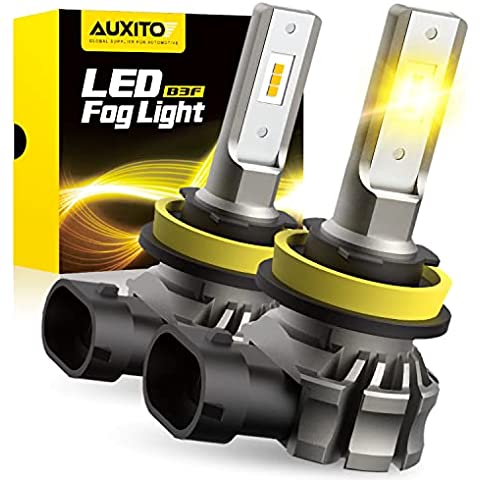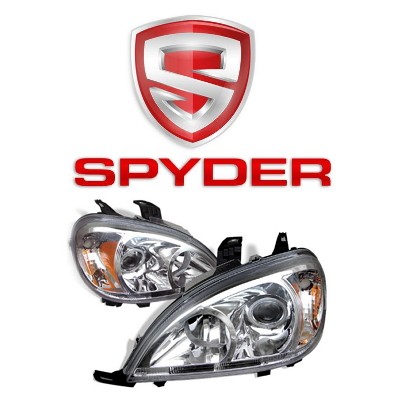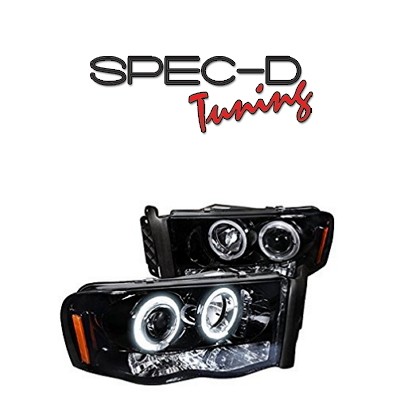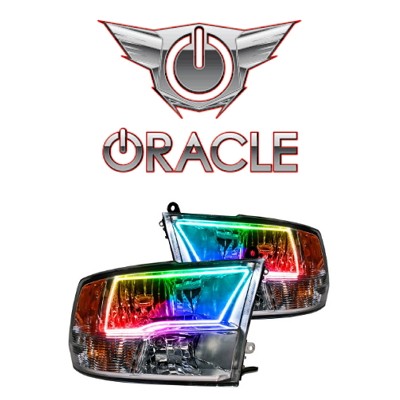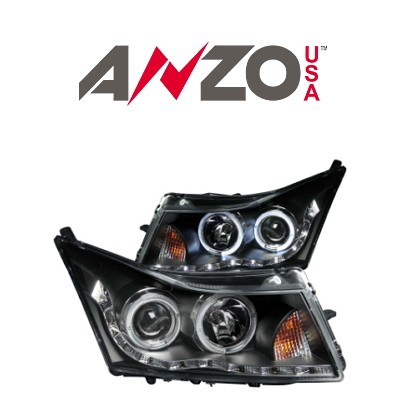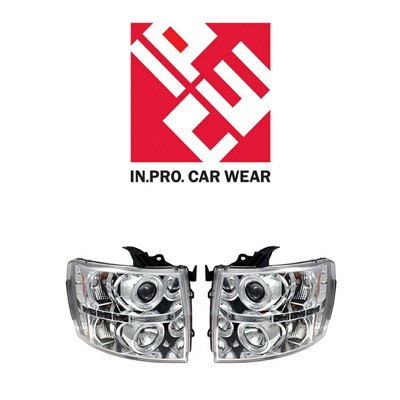High Beams vs. Low Beams: Understanding the Dual Illuminators!
Every single part of a vehicle is engineered with precision to ensure road safety, and headlights certainly play a pivotal role. It’s good to know that car headlights, with their high and low beam settings, don’t just add a dash of style to your ride; they light up your path and make sure you’re visible to fellow motorists and pedestrians.
Products are available — click below to view them!
SEE DETAILS ON EBAYNow, here’s a question worth pondering: What sets high beams apart from low beams? And when is it best to switch between them? To seasoned drivers, these questions may seem elementary, but we shouldn’t be hasty to judge newcomers. For rookie drivers, deciphering the signals and appropriateness of high and low beams can be a genuine challenge.
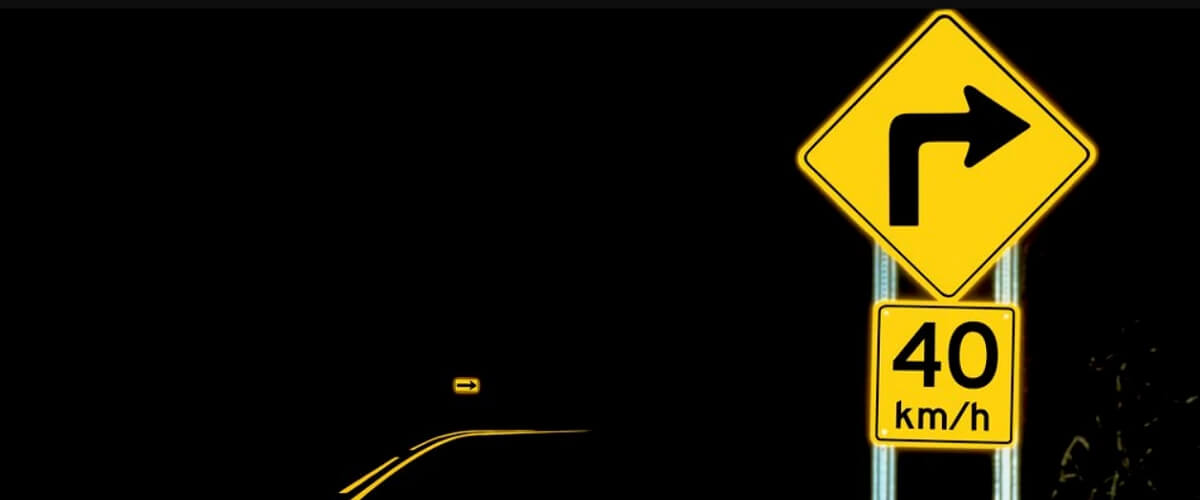
This guide is here to shed some light on the subject! With a dose of knowledge on high beams and low beams, you’ll be well-prepared to take them for a spin the right way.
Diving into Low Beams & High Beams
Both low and high beams have their specific roles to play during nighttime driving.
Low beams, or as some may call them, dipped beams, passing beams, or meeting beams, are your go-to illuminators when other vehicles are in close proximity. These beams cast a carefully controlled, downward slant of light that avoids blinding oncoming drivers, while still lighting up to 40 meters ahead. When it comes to bulbs, quality matters! Brands like Cougar and Hikari offer headlight bulbs that generate a crisp low-beam pattern with a neat 45-degree cut-off line.
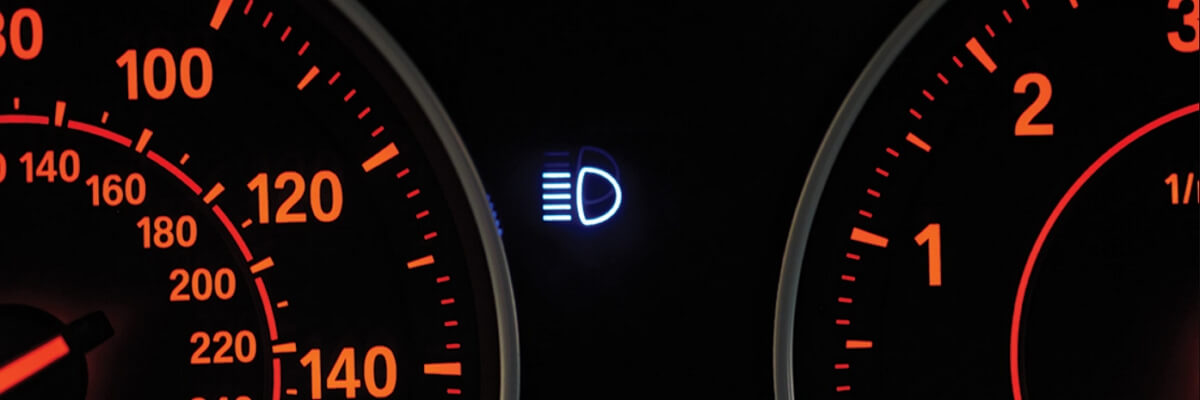
High beams, often referred to as main beams, driving beams, or full beams, are the superheroes of dark, deserted roads. They emit an intense, long-range light without a particular cut-off, giving you enhanced visibility but at the risk of dazzling other road users. Remember, with great power comes great responsibility! Use them sparingly and judiciously.
These days, cars are getting smarter. Many vehicles come with automatic high beams, which use artificial intelligence to evaluate driving conditions and seamlessly switch between high and low beams. It’s a mighty leap towards safer roads!
Time to Switch: When to Use Low Beams?
Low beams, with their subdued intensity, are ideal for most driving scenarios. In bustling city streets where streetlights abound, the gentle light of the low beams is sufficient. Even in less illuminated streets, there’s usually enough ambient light to make low beams effective.
But it’s not just about urban landscapes. When you’re trailing another vehicle or have an oncoming car in sight, it’s time to dim those high beams and switch to low beams. In adverse weather like fog, rain, or snow, low beams win the day with their focused, downward lighting.
Here’s an interesting survey by PubMed. Statistical surveys show that the majority of traffic accidents occur due to low visibility, highlighting the need to delve into innovative car lighting technologies. A car driver must not only be able to see but also to be seen. The issue of headlight illumination is vital, especially during the dark hours of the night. Therefore, the focus of this article is determining the range of visibility of dipped (low-beam) headlights under specific experimental conditions. Source: Research Regarding Different Types of Headlights on Selected Passenger Vehicles when Using Sensor-Related Equipment

Unleashing the High Beams!
High beams are for those times when the road is your own personal stage, and you need the spotlights on. When you’re traversing dimly-lit rural roads or highways devoid of traffic, let the high beams guide your way. But always be vigilant and switch back to low beams when you spot other vehicles.
High beams can also serve as a gentle nudge or warning signal. A quick flash can be more courteous and less noisy than blaring the horn.
Here is an interesting research about the high beams. It was conducted back in 2021 by AAA foundation of Safety. Research found out, that drivers do not fully understand the visual challenges they face when driving at night, and that drivers typically under-use their high beams. Because little is known about what factors influence drivers’ usage of high beams, this study surveyed 202 undergraduates concerning their beliefs, habits, and strategies in choosing beam settings. Source: Drivers’ Beliefs, Habits, and Strategies Regarding High Beam Usage

High Beam Headlight Bulbs: Lighting the Way Ahead
When it comes to high beams, you want to ensure that you’re getting the most bang for your buck. High beams are essential for illuminating the road far ahead and are especially helpful in rural areas where street lighting may be sparse.
Power and Luminosity
- High beam headlight bulbs typically have a higher wattage compared to low beams. This translates to a brighter light.
- For instance, a bulb like the Cougar Motor LED Headlight Conversion Kit can output an incredible 7,200 lumens per bulb.
Color Temperature
- The color temperature for high beam bulbs usually ranges around 6,000K, which provides a crystal clear white light.
- This temperature strikes the right balance, offering excellent visibility without being too harsh on the eyes.
Reliability and Durability
- High beam bulbs, such as those from Hikari or Cougar, often boast an extensive lifespan, sometimes upwards of 30,000 hours.
- Cooling technology like copper heat sinks and turbofans help to maintain the bulb’s temperature, thus enhancing longevity.
Beam Pattern
- It’s crucial that high beam bulbs have a focused beam pattern to illuminate far into the distance.
- Some high-end LED bulbs have adjustable beam patterns, allowing you to customize the direction and focus of the light.
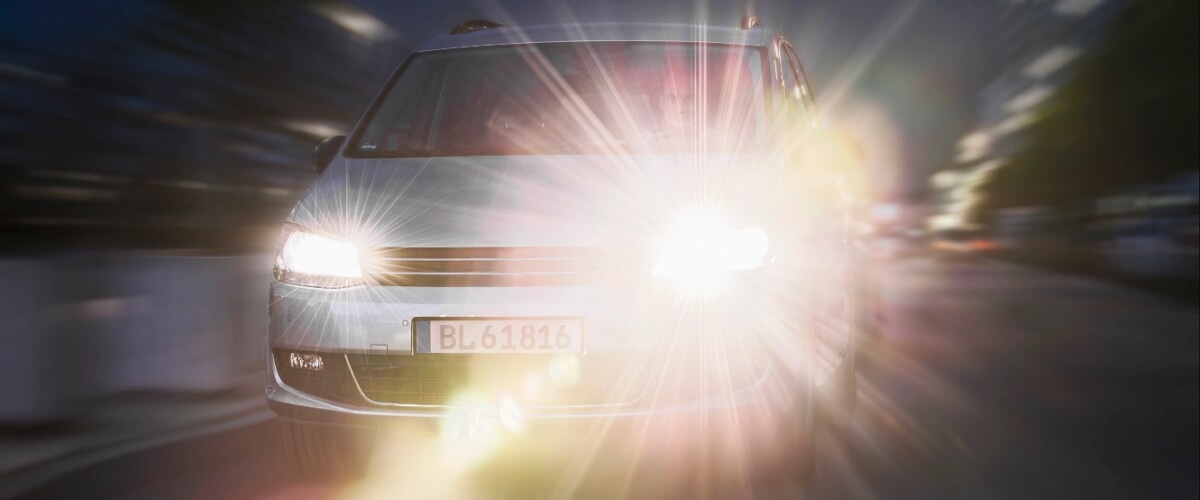
Low Beam Headlight Bulbs: Consistent Visibility Without the Glare
Low beam headlights are used for your everyday night-time driving. They are designed to provide ample road visibility without causing a glare to oncoming drivers.
Brightness and Clarity
- While low beams are not as bright as high beams, they still need to effectively light up the road.
- Products like the Fahren LED Headlight Bulbs clock in at around 10,000 lumens, which is ample brightness for city driving and well-lit areas.
Color Temperature
- Similar to high beams, a color temperature around 6,000K is ideal for low beams.
- This white light improves contrast, helping in identifying objects and potential hazards on the road.
Compatibility and Installation
- Low beam bulbs should be compatible with a wide range of vehicles. Many bulbs come with built-in Canbus to avoid error codes.
- Easy installation is a plus. Look for bulbs with plug-and-play installation, which don’t require any complex wiring or modifications.
Beam Pattern and Cut-Off Line
- Low beams should have a wider beam pattern compared to high beams to illuminate both the road and the sides effectively.
- A sharp cut-off line is essential to prevent the light from blinding oncoming drivers.
Efficient Cooling
- Cooling is just as important for low beams as it is for high beams.
- Look for bulbs that utilize copper or aluminum heatsinks, as well as fans to ensure efficient heat dissipation.
When choosing headlight bulbs, it’s essential to understand the distinct roles that high and low beams play in ensuring a safe driving experience. High beams should be powerful and focused, ideal for long-range visibility. In contrast, low beams should offer consistent, wide-angle illumination without blinding oncoming traffic. Brands like Cougar, Hikari, and Fahren are reputable manufacturers that offer high-quality bulbs for both high and low beam applications.
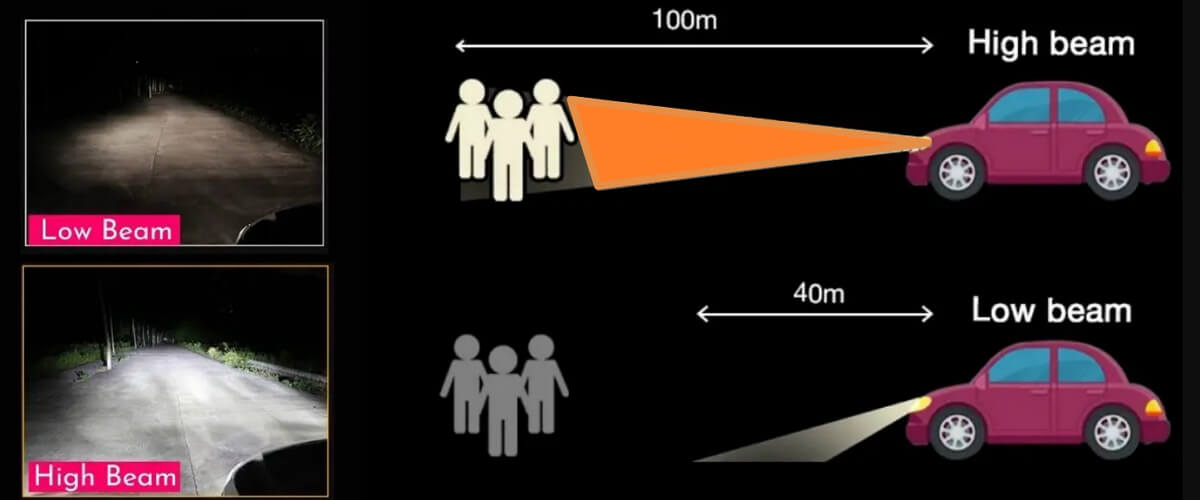
The Symbols that Guide You
When your low beams are active, you’ll see a symbol on the dashboard resembling a headlight with diagonal lines pointing downwards. When high beams take the stage, a similar symbol illuminates, but with lines pointing straight ahead.
Choosing the Finest LED Headlight Bulbs
For high beams, the crème de la crème of LED headlight bulbs is the Couguar Motor LED Headlight Conversion Kit. Unpacking their functions and applications with flair and precision.
Ladies and gentlemen, dim the lights and cue the drum roll, as we introduce the virtuoso of LED headlight bulbs! The Couguar Motor LED Headlight Conversion Kit is the epitome of splendor and functionality. When it comes to high beams, it is akin to the Golden Globe of lighting.
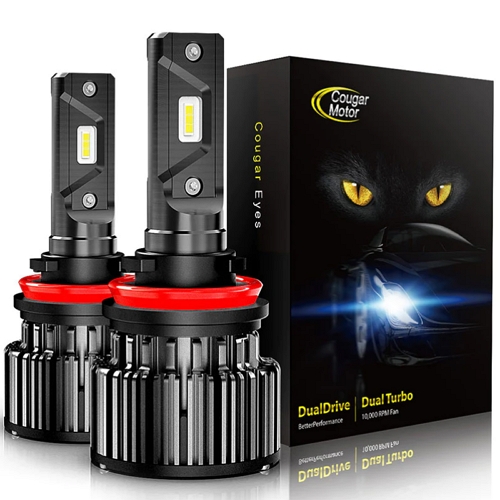
Here’s why they take the crown:
- Stellar Performance: These bulbs are the titans of brightness. Their light output is both magnificent and formidable, ensuring that no shadow can escape their piercing gaze.
- Endurance Champ: These bulbs are not just flash-in-the-pan stars. They have the stamina to last through epic sagas of road trips, courtesy of their remarkable build quality and durable materials. It’s like having a marathon runner lighting up your path.
- Cool as a Cucumber: No one likes a diva having a meltdown. That’s why Couguar LED bulbs feature advanced cooling technology to keep their poise even in the most demanding scenes. This means they won’t overheat and their performance remains consistently top-notch.
- Ease of Installation: These bulbs aren’t prima donnas. They don’t require an entourage for setting up. Even a newcomer to the world of automotive DIY can install them without breaking a sweat. It’s like having an agreeable co-star that knows their lines and hits their mark every time.
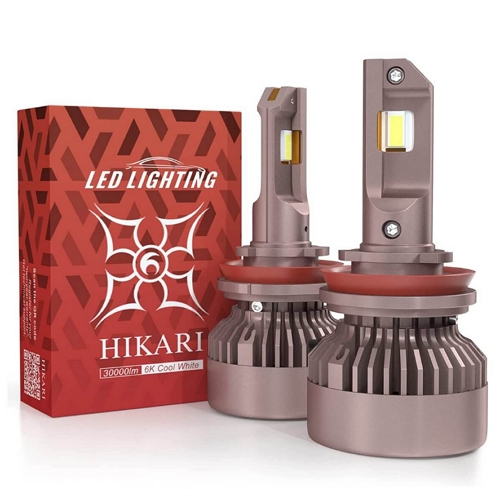
So, is the Couguar Motor LED Headlight Conversion Kit the only A-lister in town? Not quite. The Hikari Ultra LED Headlight Bulbs also deserve an honorable mention. Their spectacular performance is like a well-choreographed ballet, gracefully illuminating the roads without being overbearing. They’re the Fred Astaire to Couguar’s Gene Kelly – a classic in their own right.
Whether you’re on a dimly lit country road, or making your way through a rain-soaked city night, choosing the right headlight bulbs is paramount. Don’t let your road trip turn into a tragic play; let the Couguar Motor LED Headlight Conversion Kit and the Hikari Ultra LED Headlight Bulbs be the protagonists that guide you through every twist and turn.
Remember, when it comes to road safety, the headlights are the lead actors and you, dear driver, are the director. So, let’s put on a spectacular show, with the finest LEDs lighting up your stage!
ABOUT
 Steven is a certified mechanic and technical writer at Halo Headlights. Steven is excited about fast cars, loud music, and car mods. On a yearly basis, he visits SEMA, as well as other car shows. He has installed thousands of HID and LED kits and done hundreds of custom headlight retrofit projects. Now, he is ready to share his experience with Halo-Headlights.com readers. If you have questions for Steven, just ask your question using the form.
Steven is a certified mechanic and technical writer at Halo Headlights. Steven is excited about fast cars, loud music, and car mods. On a yearly basis, he visits SEMA, as well as other car shows. He has installed thousands of HID and LED kits and done hundreds of custom headlight retrofit projects. Now, he is ready to share his experience with Halo-Headlights.com readers. If you have questions for Steven, just ask your question using the form.
FAQs for the Automotive Lighting Enthusiasts
💬 Do High Beam and Low Beam Lights Share the Same Bulb?
Great question! It actually varies based on your vehicle’s headlight design.
- If your car has a dual housing headlight system, each side will house separate bulbs for the high beam and low beam.
- In contrast, if your vehicle has single housing headlights, you’re likely to have one bulb per side, with dual filaments serving both high and low beam functions.
💬 In Single Beam Assemblies, Are High Beam and Low Beam the Same Size?
Ah, the intricacies of bulb sizing! It’s largely contingent on the headlight assembly design.
- A minority of vehicles utilize the same bulb size for both high and low beams.
- However, the majority have distinct bulb sizes for high and low beams.
You can scrutinize the back of your headlight assembly to identify the bulb model or consult an online “Bulb Size Guide” tool for clarity.
💬 When is it a No-Go for High Beams?
High beams are fantastic, but using them judiciously is paramount. Here’s when you should avoid them:
- In inclement weather such as rain, snow, or fog – high beams can reflect off particles, severely reducing visibility.
- When approaching or tailing another vehicle within 500 feet – high beams can cause excessive glare, which is hazardous for other drivers.
- Generally, in residential areas – high beams can startle and impair the vision of others entering the traffic flow.
- On winding roads – emerging around a bend with high beams on can blind oncoming drivers, a recipe for disaster.
💬 What’s the Mechanism Behind High Beams and Low Beams?
As a technician, I love this stuff! Here’s how it works:
- In low beam mode, the light is directed upwards into the projector or reflector, which then angles it towards the ground to minimize glare for oncoming drivers.
- With high beams, the light is directed straight out, providing maximal illumination over long distances.
💬 Are Fog Lights and Low Beams the Same?
No, they serve distinct purposes. Fog lights augment your low beams by emitting a broader beam pattern close to the ground, mitigating reflection off the fog. They are generally mounted lower, usually integrated into the front bumper.
💬 Is There a Brightness Difference Between High Beams and Low Beams?
Absolutely! High beams are intended to be significantly brighter, providing long-range visibility. On the other hand, low beams offer less intense illumination, ideal for regular driving and short-range visibility.
💬 How Do I Alternate Between High Beams and Low Beams?
Easy peasy! When your headlights are on, they are normally in the low beam mode.
- To switch to high beams, simply push the turn signal lever away from you.
- To revert back to low beams, just pull the lever towards you.
Keep an eye on your dashboard – a blue high beam indicator will light up when high beams are active.
Happy and safe driving to all! 🚗💡


